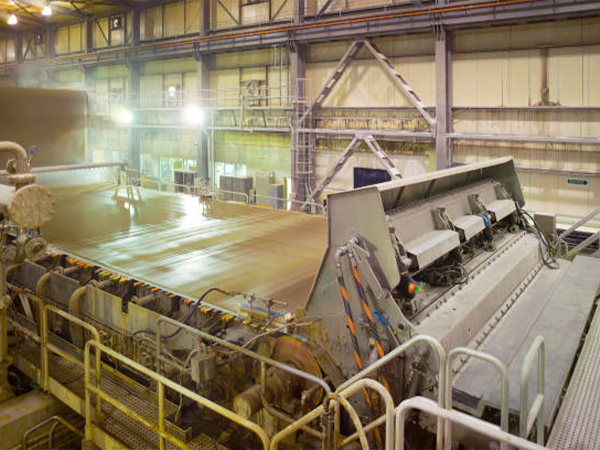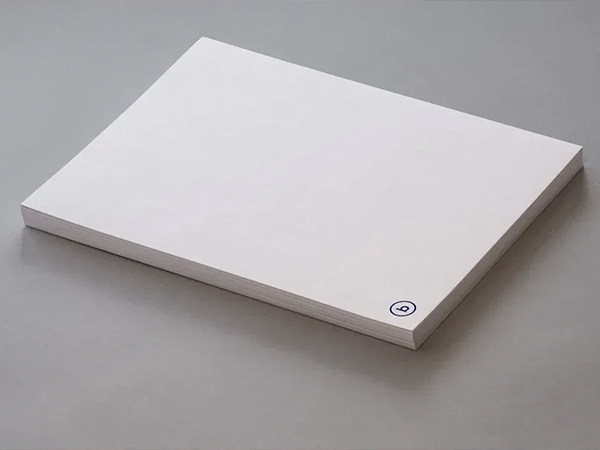Introduction to Cationic Polyacrylamide (CPAM)
Cationic polyacrylamide (CPAM) is a water-soluble polymer widely used in the paper industry as a retention and drainage aid, flocculant, and dry strength enhancer. It is a linear polymer with varying degrees of cationic charge, making it highly effective in binding with negatively charged fibers and fillers in the papermaking process.
Due to its strong affinity for cellulose and anionic particles, CPAM has become an indispensable chemical in modern papermaking, especially in high-speed machines and for grades requiring improved strength and formation.
Key Functions of CPAM in Papermaking
In the paper industry, cationic polyacrylamide serves multiple critical roles:
1. Retention Aid
CPAM promotes the retention of fine fibers, fillers (like PCC and kaolin), and other additives on the paper sheet, leading to better material utilization and cost savings.
2. Drainage Aid
By flocculating fine particles, CPAM enhances water removal from the pulp, accelerating drainage on the wire section and improving machine runnability.
3. Dry Strength Enhancer
At certain molecular weights and charge densities, CPAM also contributes to dry strength improvement by forming hydrogen bonds between fibers.
These functions help increase production efficiency, improve paper properties, and reduce environmental load by minimizing solid waste in white water.
Application Conditions and Dosage Guidelines
To achieve optimal performance, CPAM must be properly selected and applied:
- Typical Dosage: 0.01%–0.1% (based on dry pulp) depending on paper grade and machine conditions.
- Addition Point: Usually added before the headbox, often at multiple points including the fan pump or mixing chest.
- Molecular Weight & Charge: Low to medium molecular weight with medium to high cationic charge is preferred for most papermaking applications.
The selection of CPAM should consider pulp type (mechanical, chemical), pH level (typically neutral to slightly acidic), and target performance (retention vs. strength).
Synergy with Other Paper Chemicals
CPAM performs best when used in combination with other functional chemicals:
- With PolyDADMAC (PDADMAC): PolyDADMAC acts as a primary coagulant and charge neutralizer. When combined with CPAM, it improves charge balance and forms a dual-component retention system that enhances fines and filler retention.
- With Deinking Agents: In recycled paper processing, CPAM can be combined with deinking chemicals to assist in contaminant removal and improve optical properties.
- With Bentonite: In a microparticle retention system, CPAM is often used with bentonite to create a three-dimensional network that traps fines and improves drainage.
These synergies not only enhance performance but also reduce the total chemical dosage and cost.
Advantages and Application Cases
Advantages
- High efficiency at low dosage
- Improved sheet formation and uniformity
- Better retention and drainage, leading to faster machine speed
- Compatible with a wide range of pulp and fillers
- Reduced load on white water system and less chemical waste
Application Examples
- Tissue & Towel Paper: Improves softness and formation by stabilizing fines.
- Packaging Grades: Enhances strength and drainage during high-speed production.
- Recycled Board: Boosts retention of short fibers and fillers during deinking.
In one case study, a packaging paper mill reported a 15% reduction in filler loss and 10% increase in drainage rate after switching to a dual retention system with CPAM and PolyDADMAC.
Choose High-Quality CPAM for Your Paper Machine
At Amazon Chemicals, we provide tailor-made cationic polyacrylamide solutions for the paper industry. Our CPAM products are optimized for performance, consistency, and environmental compliance.
👉 Need help choosing the right CPAM grade?
Contact our technical team or learn more about our retention aids.






